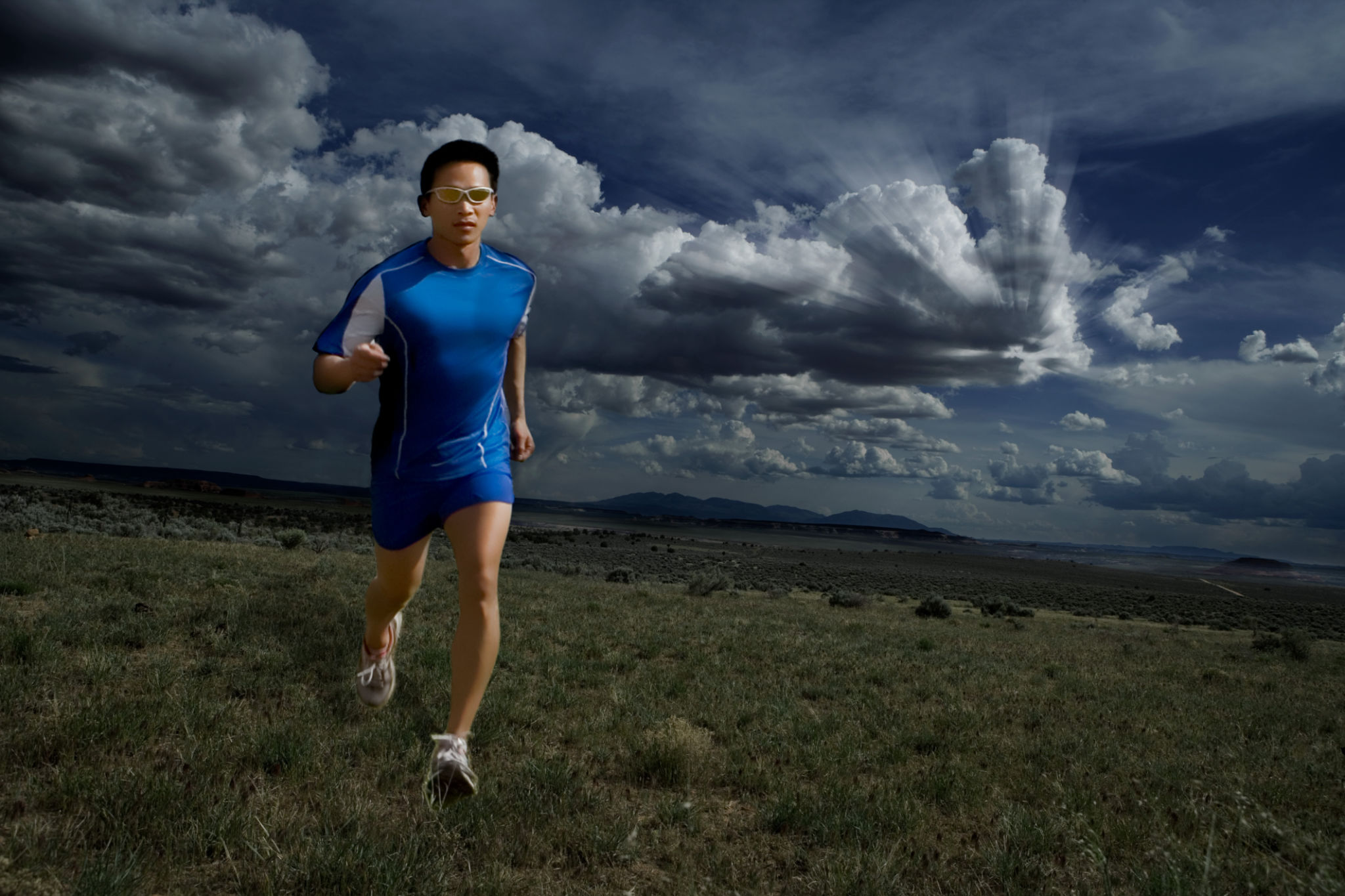Expert Advice on Capturing Perfect Lighting in Outdoor Photography
Understanding Natural Light
One of the most vital aspects of outdoor photography is understanding and utilizing natural light. The quality, direction, and intensity of light can dramatically affect the mood and clarity of an image. To capture the perfect lighting, it's essential to be aware of how the sun's position changes throughout the day and how this affects your photos. The golden hours—shortly after sunrise and before sunset—are especially favored by photographers for their soft, warm glow.

Golden Hour vs. Blue Hour
The golden hour is a magical time for capturing outdoor photographs because the sunlight is softer and more diffused, reducing harsh shadows. During this time, the sun is low in the sky, providing a warm tone to images. On the other hand, the blue hour, which occurs shortly before sunrise and after sunset, offers a cooler, tranquil tone that can add a unique atmosphere to your photos. Both periods are ideal for experimenting with different lighting techniques.
Using Shadows Creatively
Shadows can either be your best friend or your worst enemy in outdoor photography. When used creatively, shadows can add depth and interest to your images. Consider using them to create dramatic contrasts or to highlight certain features in your composition. To effectively harness shadows, it's crucial to understand how they change with the sun's movement and the time of day.

Dealing with Harsh Midday Sun
Photographing under the harsh midday sun can be challenging due to strong light and sharp shadows. However, there are ways to mitigate these effects. Look for natural diffusers like clouds or foliage that can soften the light. Alternatively, use reflectors to bounce light into shaded areas or position your subject in a way that minimizes unwanted shadows. Adjusting your camera settings, such as aperture and ISO, can also help manage bright conditions.
Equipment for Enhanced Lighting
While natural light is crucial, sometimes additional equipment can enhance your outdoor photography. Reflectors are invaluable for redirecting light into shadowed areas, while diffusers can soften harsh sunlight. Using external flash units or portable LED lights can help fill in shadows and create balanced exposures. Selecting the right equipment depends on your specific needs and the conditions you’re working with.

Post-Processing Tips
Post-processing is an essential part of achieving perfect lighting in outdoor photography. Editing software like Adobe Lightroom or Photoshop allows you to adjust exposure, contrast, and highlights to enhance your images further. Use these tools to bring out details that might be lost in shadows or to tone down overly bright areas. Remember to maintain a natural look, as over-editing can detract from the authentic beauty of outdoor scenes.
- Adjust exposure settings to correct for lighting inconsistencies.
- Use gradient filters to gradually enhance specific areas.
- Experiment with color balance to achieve the desired mood.
Final Thoughts
Capturing perfect lighting in outdoor photography requires a blend of planning, creativity, and technical know-how. By understanding how natural light varies throughout the day and learning how to work with shadows and supplemental equipment, you can elevate your photography skills significantly. Remember, practice makes perfect—so get outdoors and start experimenting with these techniques!

